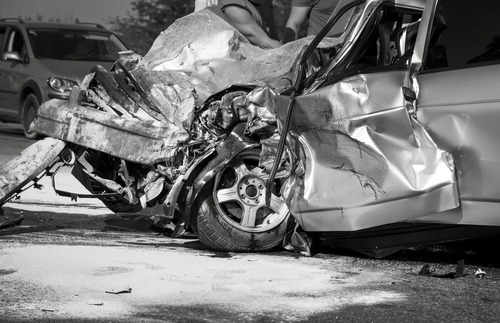
The U.S. Department of Transportation’s National Highway Traffic Safety Administration released a report Thursday estimating the country’s traffic fatalities, as well as recommendations on countermeasures to help officials improve safety.
According to the “Early Estimate of Motor Vehicle Traffic Fatalities for the First Quarter of 2021,” an estimated 8,730 people died in traffic fatalities in the first three months of 2021 — an increase of 10.5 percent over the projections for the first quarter of 2020.
The increases came, the agency noted, even as driving declined. Preliminary data from the Federal Highway Administration found that Americans drove 2.1 percent fewer miles in the first three months of 2021, or about 14.9 billion miles. But the fatality rates per 100 million vehicle miles traveled (VMT), increased to 1.26 fatalities per 100 million VMT, up from the projected 1.12 fatalities during the same period last year.
“We must address the tragic loss of life we saw on the roads in 2020 by taking a transformational and collaborative approach to safety. Everyone — including those who design, operate, build and use the road system — shares responsibility for road safety,” Dr. Steven Cliff, NHTSA’s acting administrator, said. “We are working closely with our safety partners to address risky driving behaviors such as speeding, impaired driving, and failing to buckle up.”
The early estimates, Cliff said, point to drivers continuing to engage in more risky behavior, including speeding, failing to wear seatbelts, and driving under the influence of drugs and alcohol.
The NHTSA also released the 10th edition of “Countermeasures that Work,” a report on proactive, equitable, safe systems that eliminate fatalities and addresses the safety of all road users, including those who walk, bike and drive.
“This tool includes information on strategies that can help prevent destructive behaviors like impaired driving, or encourage positive habits like wearing a seat belt,” Dr. Cliff said.
The report covers alcohol- and drug-impaired driving, bicycle safety, distracted driving, drowsy driving, motorcycle safety, older drivers, pedestrian safety, seat belts and child restraints, speeding and speed management, and young drivers, and provides strategies on how communities can address such concerns.